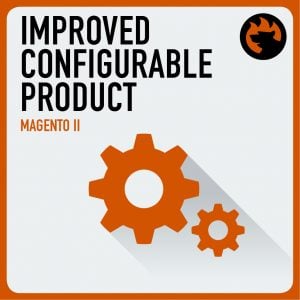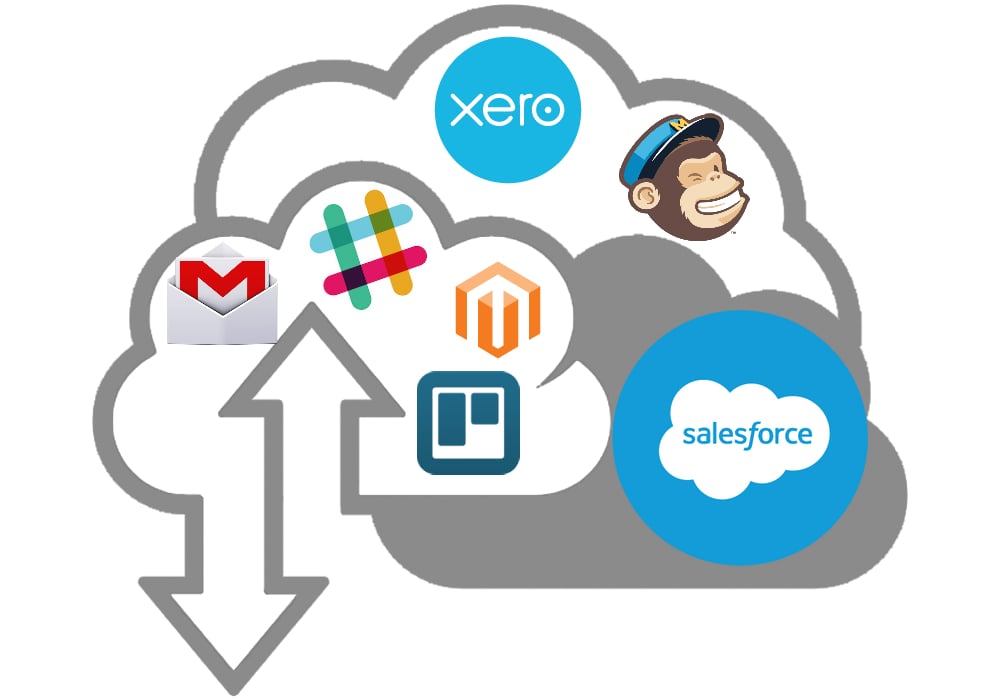The basics of a Magento omnichannel retail system
We’re living in the era of retail disruption. Magento ecommerce solutions are being developed for a single reason: to satisfy the ever-increasing demand of customers for hassle-free shopping experience. At the end of the day, customers might not remember which shopping channels they have engaged with, but they remember that there was no problem purchasing and receiving items from a brand. And that’s what really matters. Omnichannel business model was born for this reason. For retailers who are considering omnichannel transition, below are the basics of a Magento omnichannel retail system.








